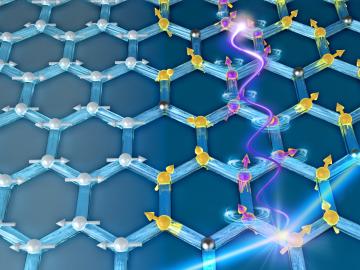
Filter News
Area of Research
- (-) Materials (128)
- Advanced Manufacturing (3)
- Biological Systems (3)
- Biology and Environment (60)
- Building Technologies (3)
- Clean Energy (111)
- Climate and Environmental Systems (2)
- Computational Biology (1)
- Computational Engineering (1)
- Computer Science (2)
- Electricity and Smart Grid (1)
- Energy Frontier Research Centers (1)
- Energy Sciences (1)
- Fossil Energy (1)
- Fuel Cycle Science and Technology (2)
- Fusion and Fission (19)
- Fusion Energy (4)
- Isotope Development and Production (1)
- Isotopes (15)
- Materials Characterization (2)
- Materials Under Extremes (1)
- National Security (28)
- Neutron Science (58)
- Nuclear Science and Technology (16)
- Nuclear Systems Modeling, Simulation and Validation (1)
- Sensors and Controls (2)
- Supercomputing (96)
News Topics
- 3-D Printing/Advanced Manufacturing (6)
- Advanced Reactors (1)
- Bioenergy (2)
- Biomedical (4)
- Buildings (3)
- Chemical Sciences (16)
- Climate Change (3)
- Composites (4)
- Computer Science (2)
- Coronavirus (1)
- Critical Materials (4)
- Decarbonization (4)
- Energy Storage (6)
- Environment (3)
- Fusion (3)
- Grid (3)
- Irradiation (1)
- Isotopes (8)
- Materials (40)
- Materials Science (14)
- Microscopy (7)
- Molten Salt (1)
- Nanotechnology (9)
- Net Zero (1)
- Neutron Science (11)
- Nuclear Energy (6)
- Partnerships (6)
- Physics (13)
- Polymers (7)
- Quantum Computing (2)
- Quantum Science (1)
- Renewable Energy (1)
- Space Exploration (1)
- Sustainable Energy (1)
- Transportation (3)
Media Contacts
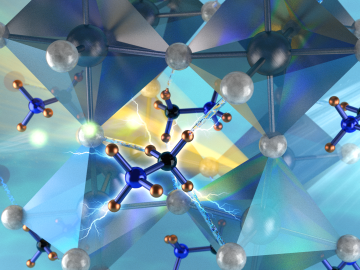
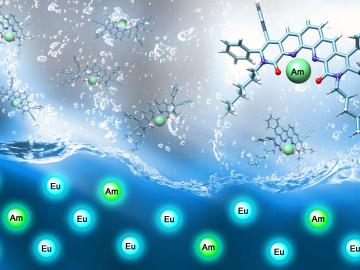

A scientific team led by the Department of Energy’s Oak Ridge National Laboratory has found a new way to take the local temperature of a material from an area about a billionth of a meter wide, or approximately 100,000 times thinner than a human hair. This discove...
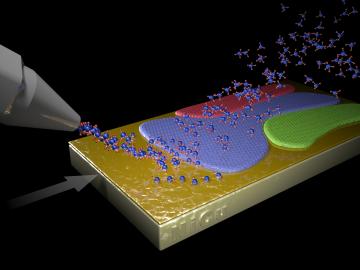
A new method to produce large, monolayer single-crystal-like graphene films more than a foot long relies on harnessing a “survival of the fittest” competition among crystals. The novel technique, developed by a team led by Oak Ridge National Laboratory, may open new opportunities for growing the high-quality two-dimensional materials necessary for long-awaited practical applications.

A novel method developed at Oak Ridge National Laboratory creates supertough renewable plastic with improved manufacturability. Working with polylactic acid, a biobased plastic often used in packaging, textiles, biomedical implants and 3D printing, the research team added tiny amo...

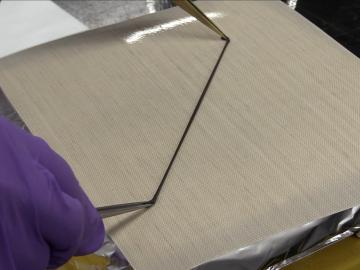
A novel approach that creates a renewable, leathery material—programmed to remember its shape—may offer a low-cost alternative to conventional conductors for applications in sensors and robotics. To make the bio-based, shape-memory material, Oak Ridge National Laboratory scientists streamlined a solvent-free process that mixes rubber with lignin—the by-product of woody plants used to make biofuels.
